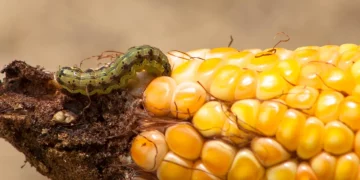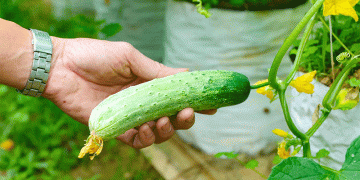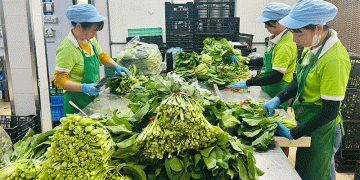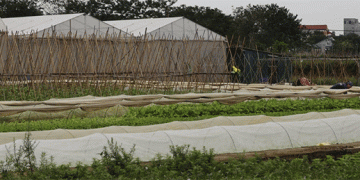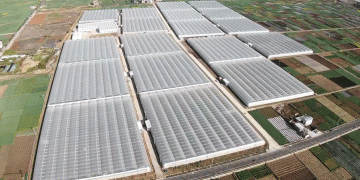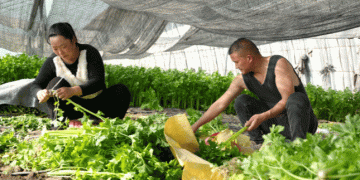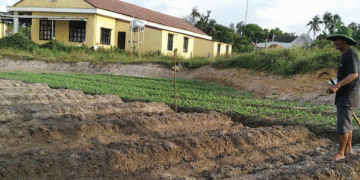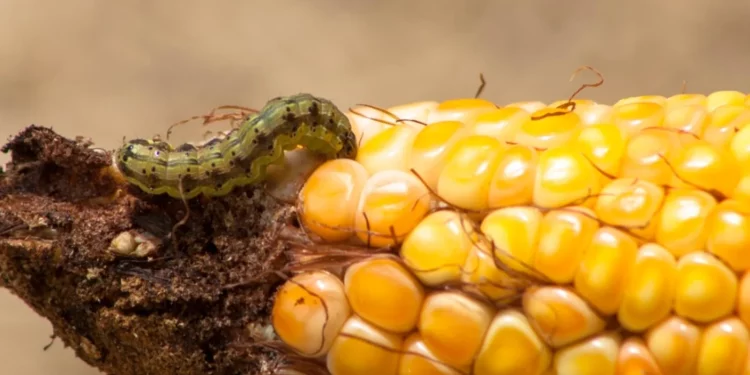The corn earworm (Heliothis zea) is a serious pest that can cause significant damage to corn crops, reducing yields and affecting the quality of the crop. This article will explore the biology and behavior of the corn earworm, as well as strategies for managing infestations.
The corn earworm, also known as the tomato fruitworm or cotton bollworm, is a common pest in North America that feeds on a variety of crops including corn, tomato, cotton, soybean, and tobacco. The caterpillars of the corn earworm feed on the kernels of developing corn ears, causing damage and reducing yields. In addition, the caterpillars can contaminate the corn with fecal matter, which can lead to mold growth and mycotoxin contamination.
According to the United States Department of Agriculture (USDA), the economic impact of corn earworm infestations in corn crops can range from $100 million to $2 billion annually. This makes the corn earworm one of the most damaging pests for corn crops in the United States.
To manage corn earworm infestations, farmers and agronomists can use a combination of cultural, biological, and chemical control methods. Cultural control methods include practices such as crop rotation and planting early-maturing corn varieties. Biological control methods involve the use of natural enemies of the corn earworm, such as parasitic wasps and predators like ground beetles. Chemical control methods, such as the use of insecticides, can be effective in managing infestations, but they should be used judiciously and in accordance with the label instructions to avoid negative impacts on non-target organisms and the environment.
In conclusion, the corn earworm is a serious pest that can cause significant economic losses for farmers. However, by using a combination of cultural, biological, and chemical control methods, it is possible to manage infestations and minimize damage to crops. Farmers and agronomists should stay up-to-date on the latest research and recommendations for managing corn earworm infestations to protect their crops and ensure a successful harvest.
#CornEarworm #HeliothisZea #PestManagement #Agriculture #CropProtection
